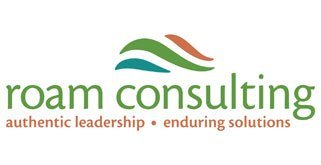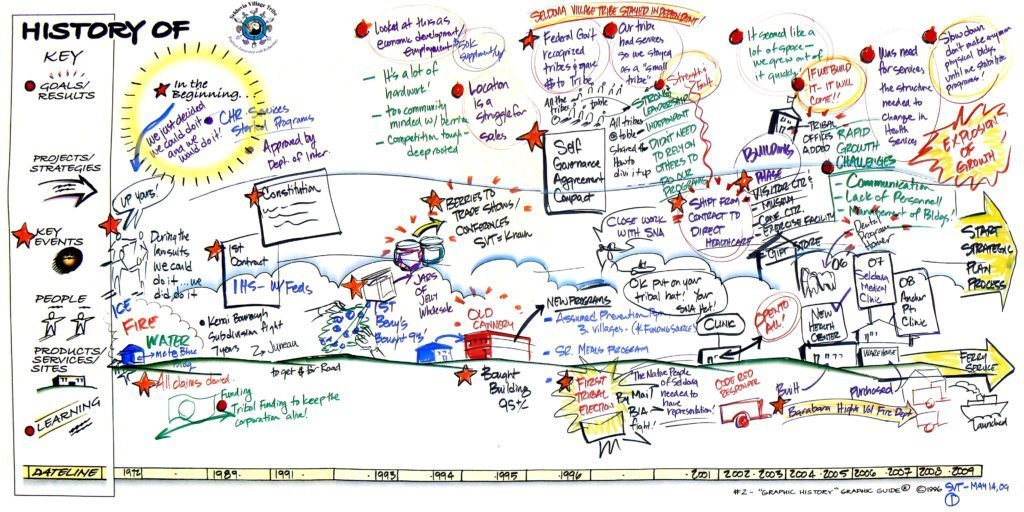Seldovia Village Tribe (SVT) is vital to the health and well-being of the remote communities it serves on the Kenai Peninsula. Tribal headquarters are located in Seldovia, a village on the shores of beautiful Cook Inlet. There are no roads to Seldovia. The only access to this once ancient gathering place for trade is by plane or boat.
Yet, SVT has a far reach, serving more than 3,000 Natives and non-Natives with medical and dental services, prevention and community support programs. Now one of the largest employers on the Peninsula, SVT contributes to the region’s economic development through retail, hospitality and transportation enterprises, and environmental protection programs.
As a result of their recent and rapid growth, SVT leadership recognized it was time to develop a strategic plan and formalize their vision, mission and core values. Keren Kelly [see photo], Associate Director of SVT’s medical clinic and Strategic Planning Lead, invited me to help them facilitate their process in spring – early summer 2009.
Strategic planning is more than a business activity. It’s an opportunity to build relationships – even friendships – by engaging people in conversations that lift the spirit and galvanize them around a shared sense of the future. For six months, we worked hard to produce a plan that included input from staff, clients and customers, and the larger community. We grappled with big issues, like how to:
- Create better understanding of the tribe and its contributions to the community, in its communities.
- Recruit and retain staff in remote areas.
- Create internal systems to better manage and communicate with a large staff in multiple locations.
- Remain anchored in SVT’s geographic heritage while maintaining a strong connection to tribal members, wherever they are.
We also incorporated opportunities for staff and council leaders to connect in ways that created a deeper organizational understanding of SVT’s history and roots as they looked to define their future. I used graphic recording to create a timeline of pictures and words that allowed the group to see their history ‘come to life.’ Keren reports that this visual timeline was critical to creating their shared vision: “The timeline allowed us to see the history and accomplishments of our tribe’s mission. It helped us look towards the future – where we needed to go from there.”
As we worked together over the summer, a deeper sense of teamwork and shared purpose among staff also emerged. Keren reflects on this as one of the most meaningful results of the plan. “You drew out each person and brought us together in a way that allowed us to respect each other through our own life experiences and created an empathetic atmosphere for future relations. I especially liked your ability to move through complex and emotional topics which could have halted the process entirely.”
Yes, strategic planning is serious work. And, it creates meaningful connections and better relationships. When people meet each other in authentic discussions, the results achieved can be long-lasting. It is a privilege for me to help leaders reconnect their organizations, and the people within them, to their higher purpose.


